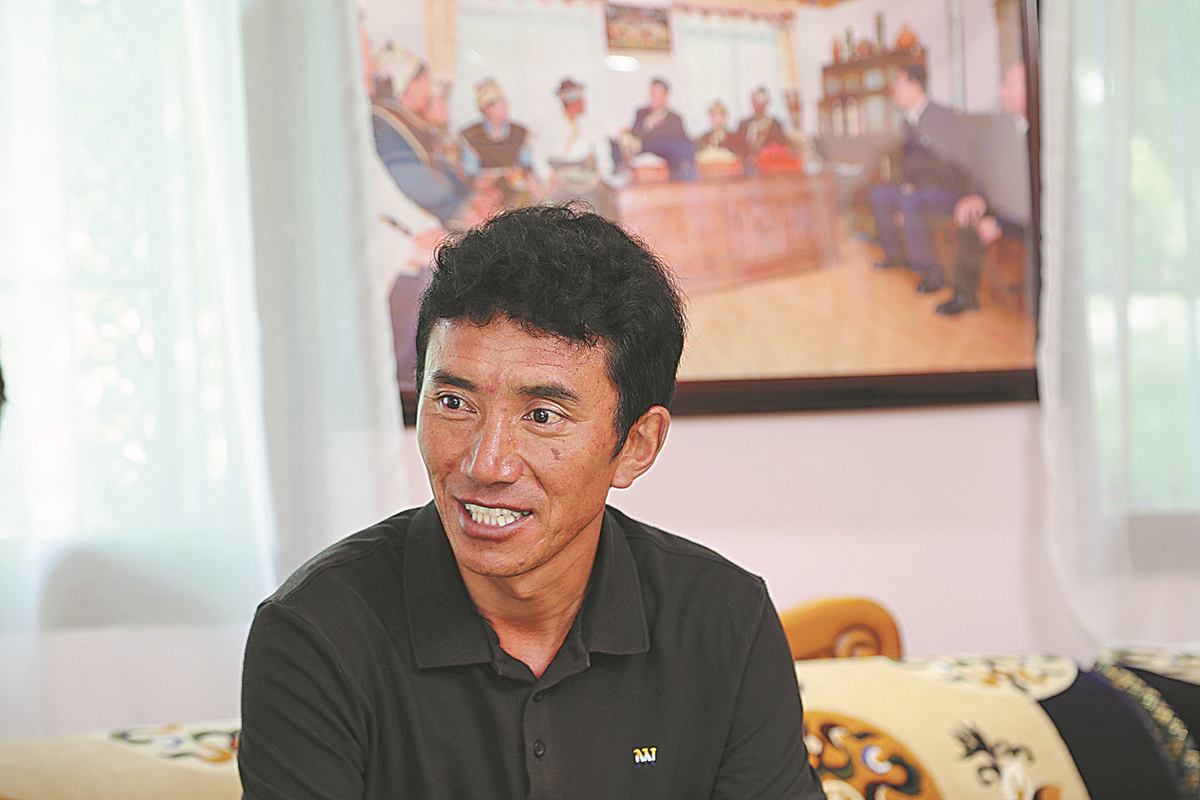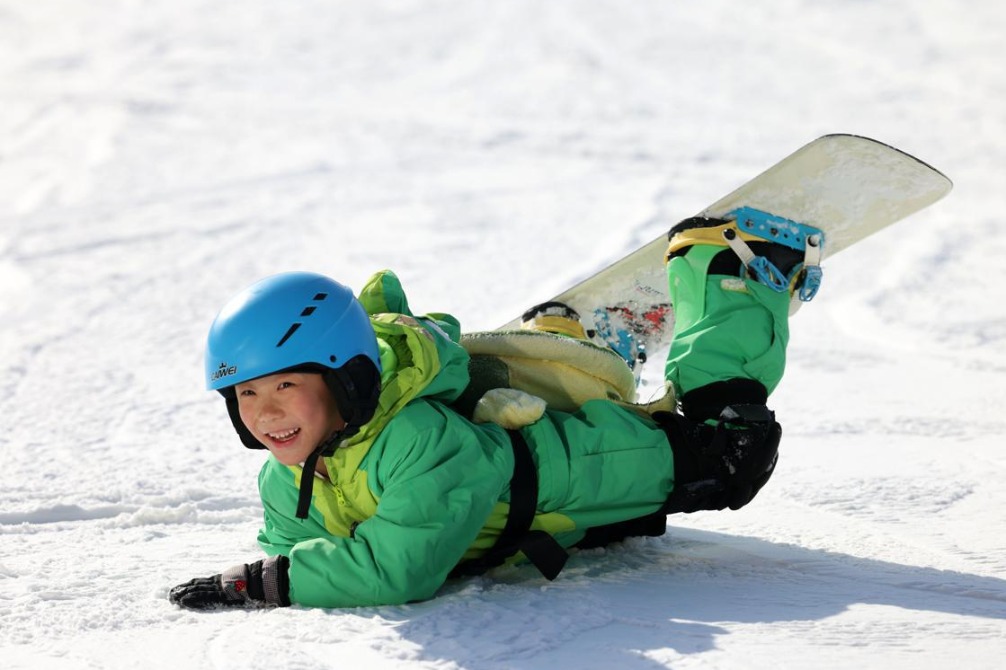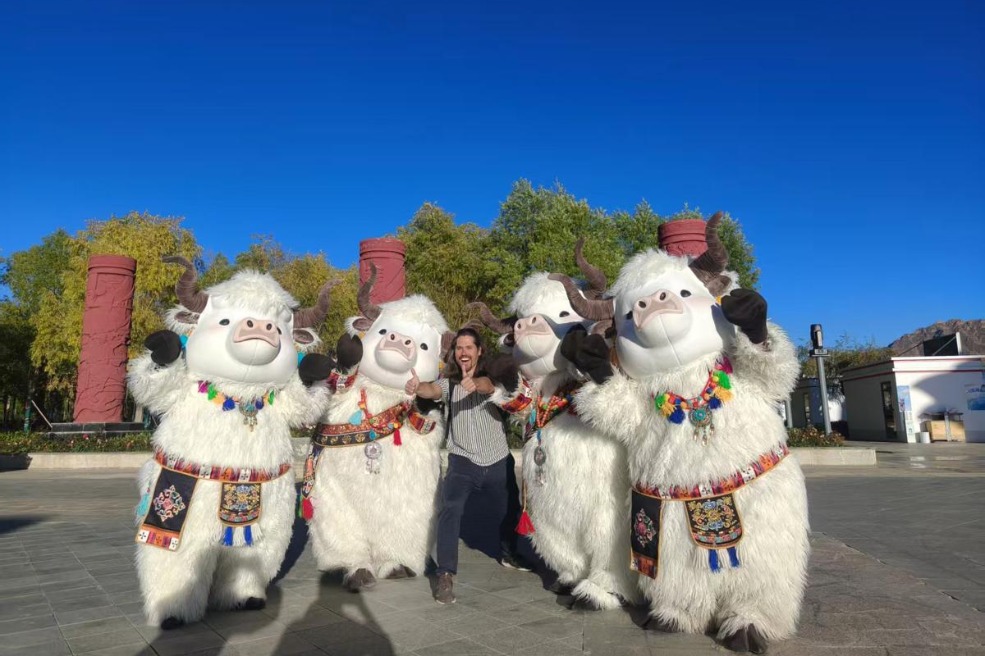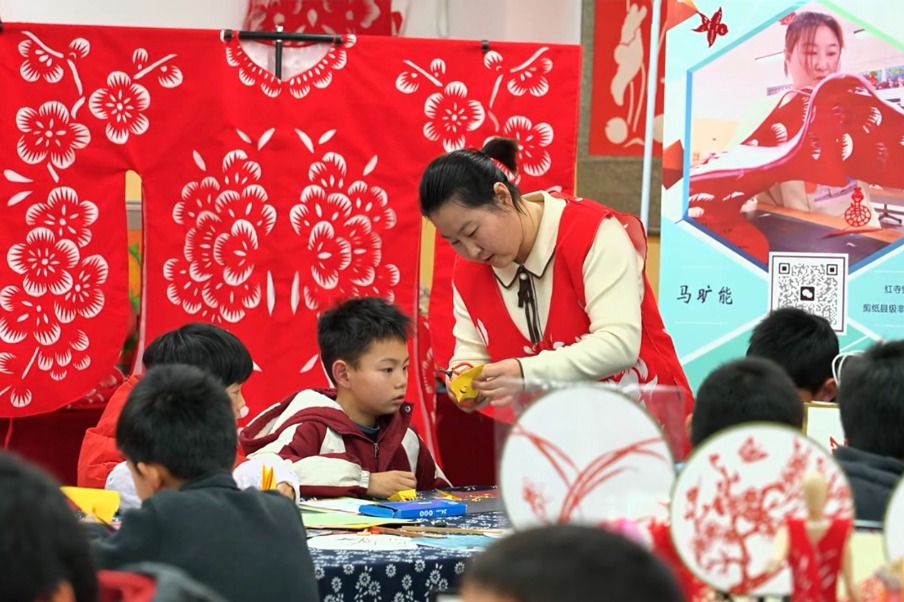Xi's visit continues to inspire villagers in Tibet


When Dawa Gyaltsan built his house 10 years ago, he got special government subsidies for its construction. In 2018, a new road was built in the village and a water pool project was completed to provide safe drinking water.
"Transportation has become much more convenient. Since a new railway opened last year, it only takes about three hours to travel from Nyingchi to Lhasa," he added.
"We villagers are traveling in the region and beyond, because people are becoming better off and it's getting more convenient."
Basang Gyalpo, Dawa Gyaltsan's father, is in his 60s and still herds yaks, but even his job is not as difficult as it was before, as the summer pasture is linked with a proper road and can be reached within one hour by car.
"In the past, herding and farming were our main sources of income, but today there are multiple ways to prosperity," said Basang Gyalpo.
Chen Dixiong, an official of Nyingchi township, said the village of Kala has 33 households, and its residents work in tourism, transportation and other sectors.
"The average disposable income of residents in Kala reached 35,000 yuan in 2021, up 12.9 percent year-on-year," said Chen.
Deemed the best place in Tibet to observe peach blossoms between March and May, the village attracts an increasing number of tourists every year from across China.
Last year, it welcomed around 140,000 visitors, bringing in a total income of 4.6 million yuan, and resulting in an average dividend of 100,000 yuan for each household from tourism.
In March, the village opened a museum showcasing ethnic and traditional culture.
Revenue from the tickets is expected to increase, Chen said. "The profits will be shared by everyone in Kala, which now boasts the fragrance of both peach blossoms and prosperity."
- Former senior official of Ningxia sentenced to death
- Development program narrows urban-rural gap in Guangdong
- Wuxi Winter Bazaar creates cross-cultural gathering
- Expressway service area featuring a natural hot spring to open soon in Guangdong
- Former Ningxia political advisor sentenced to death for bribery
- Former senior official of Jiangxi expelled from CPC





































